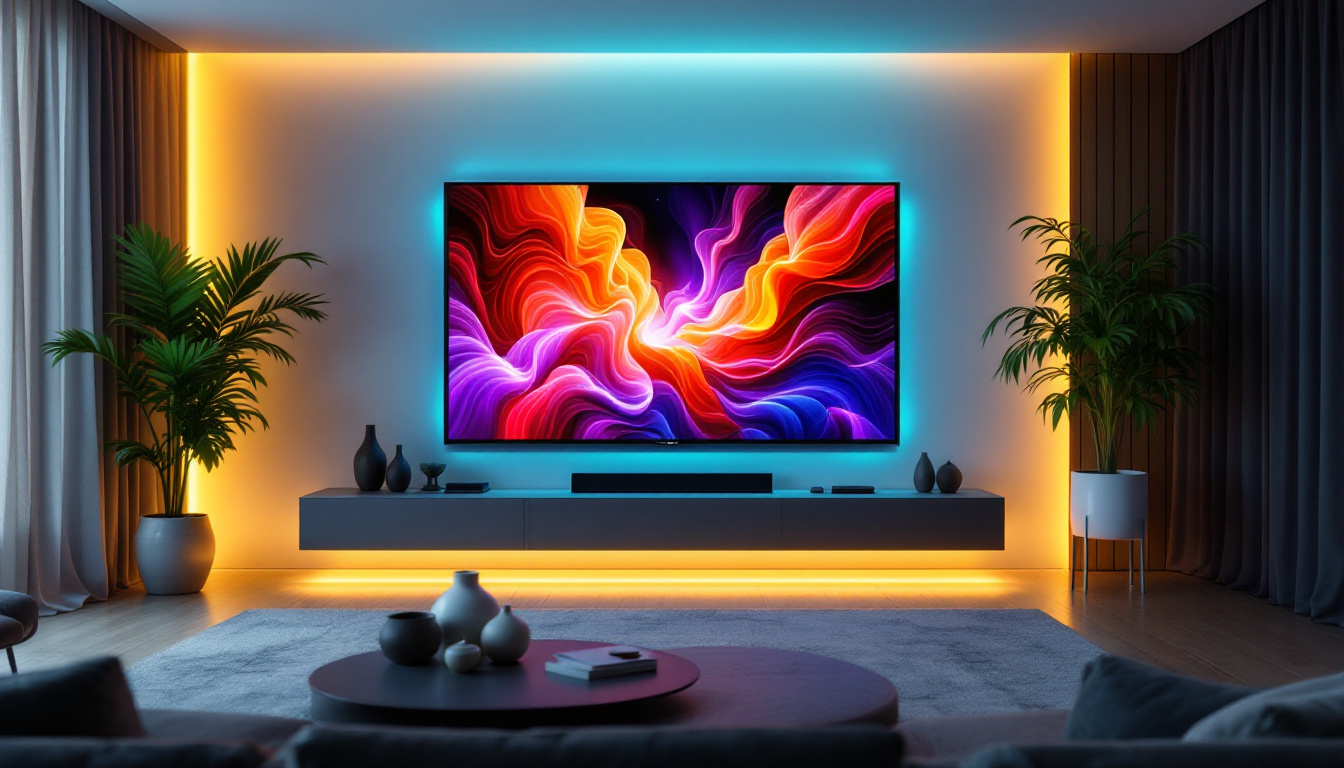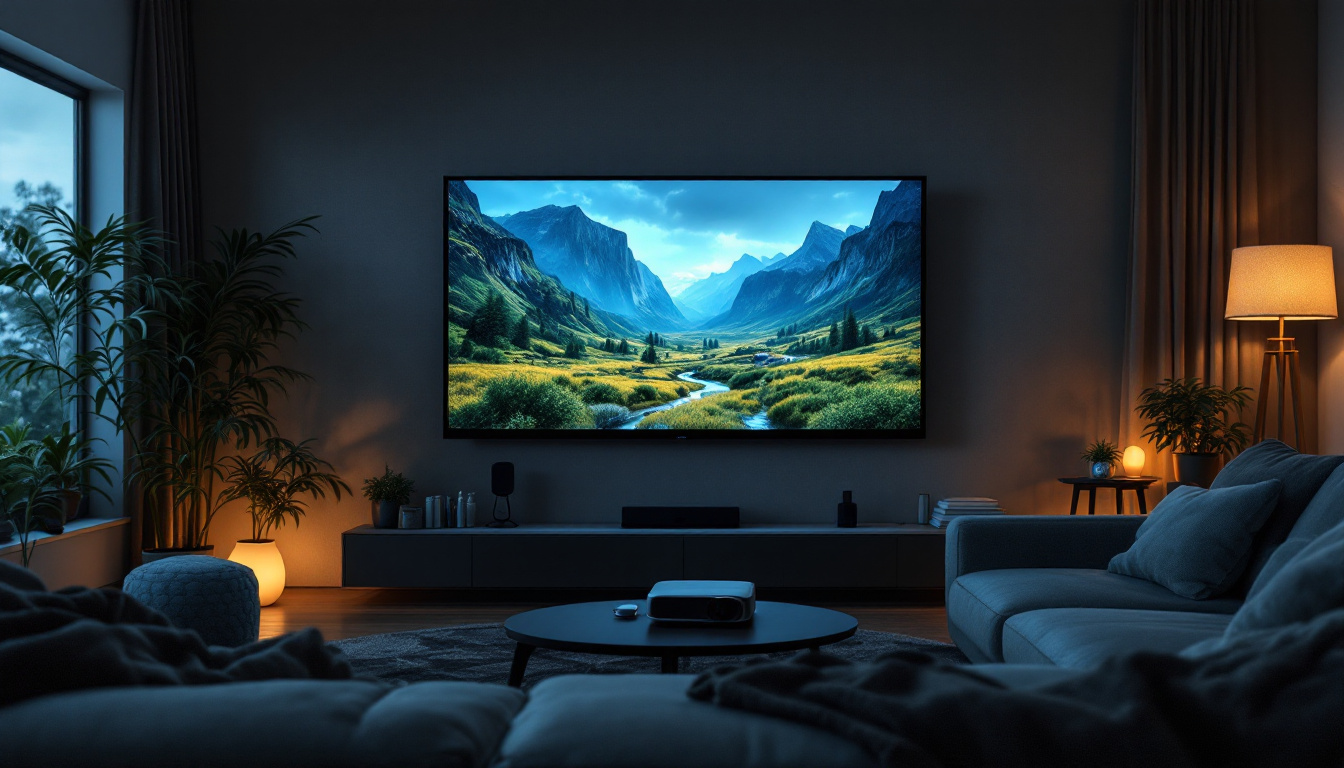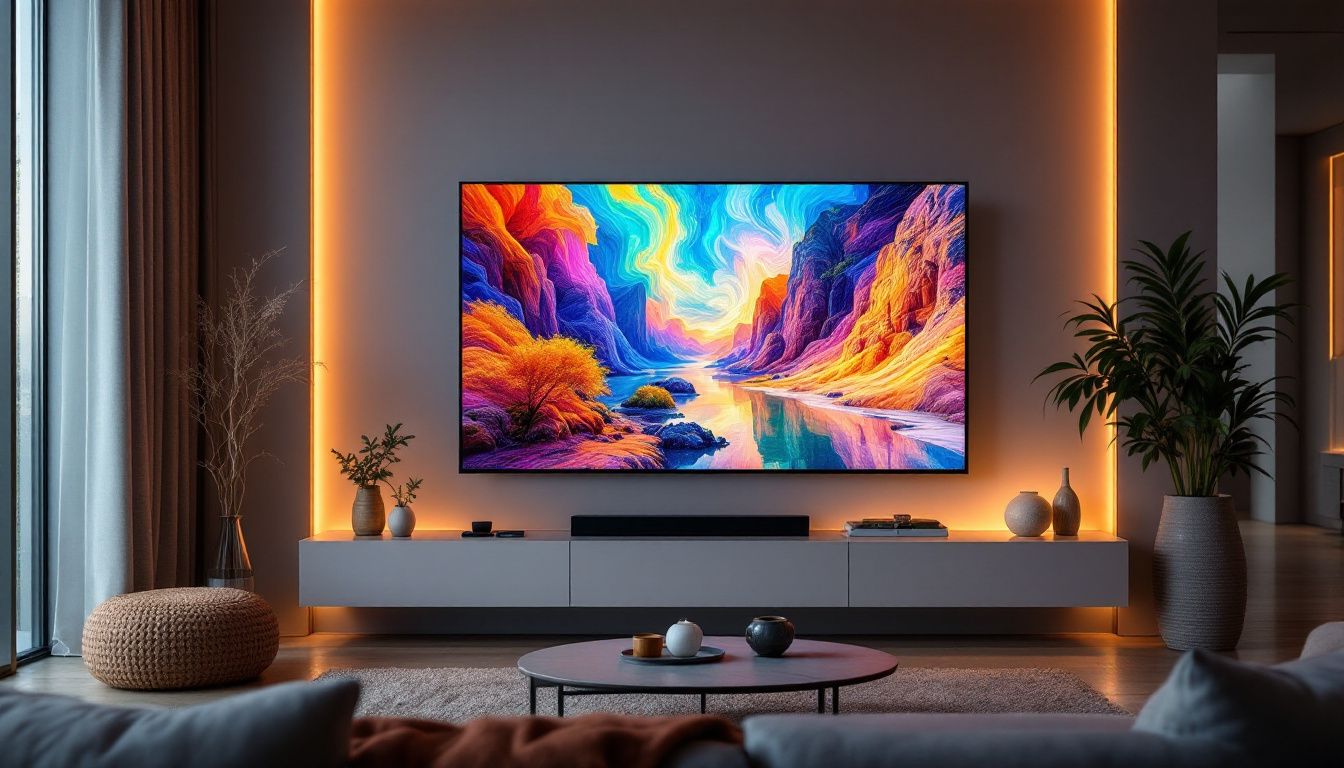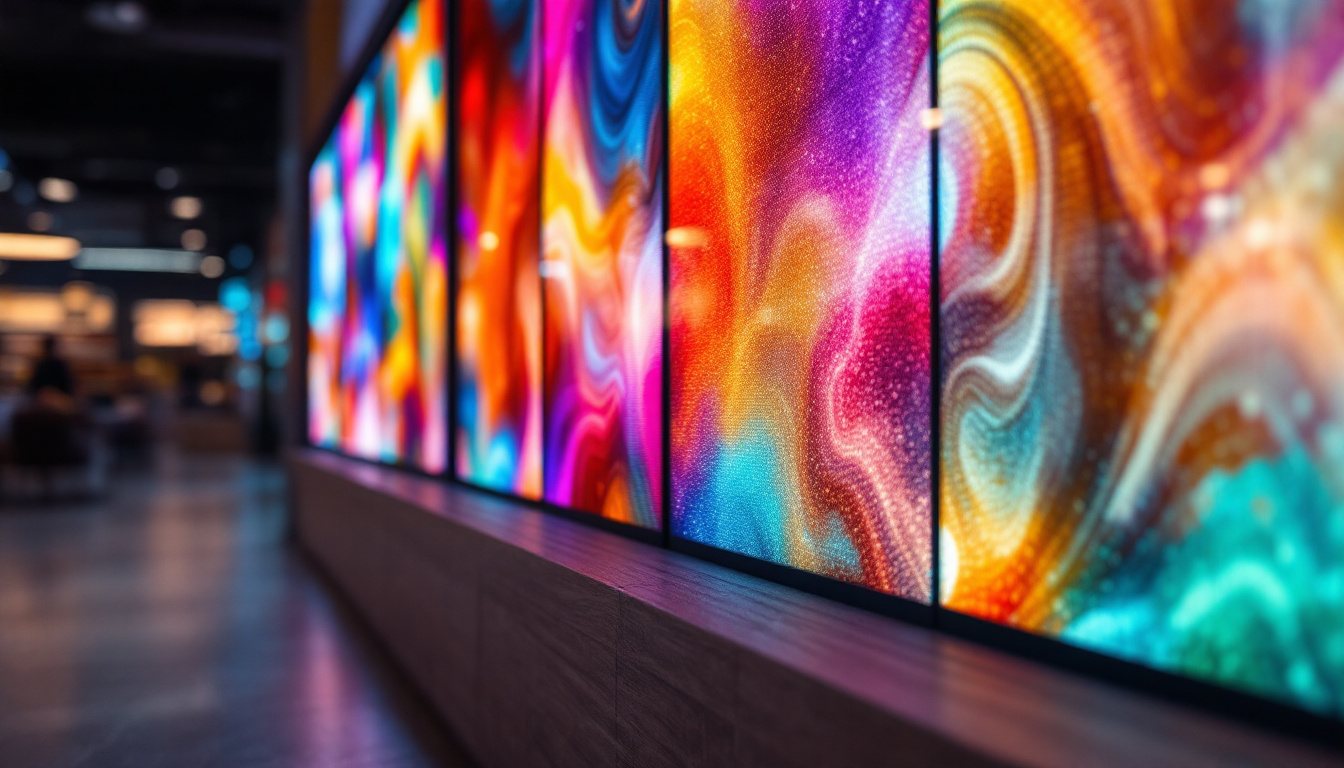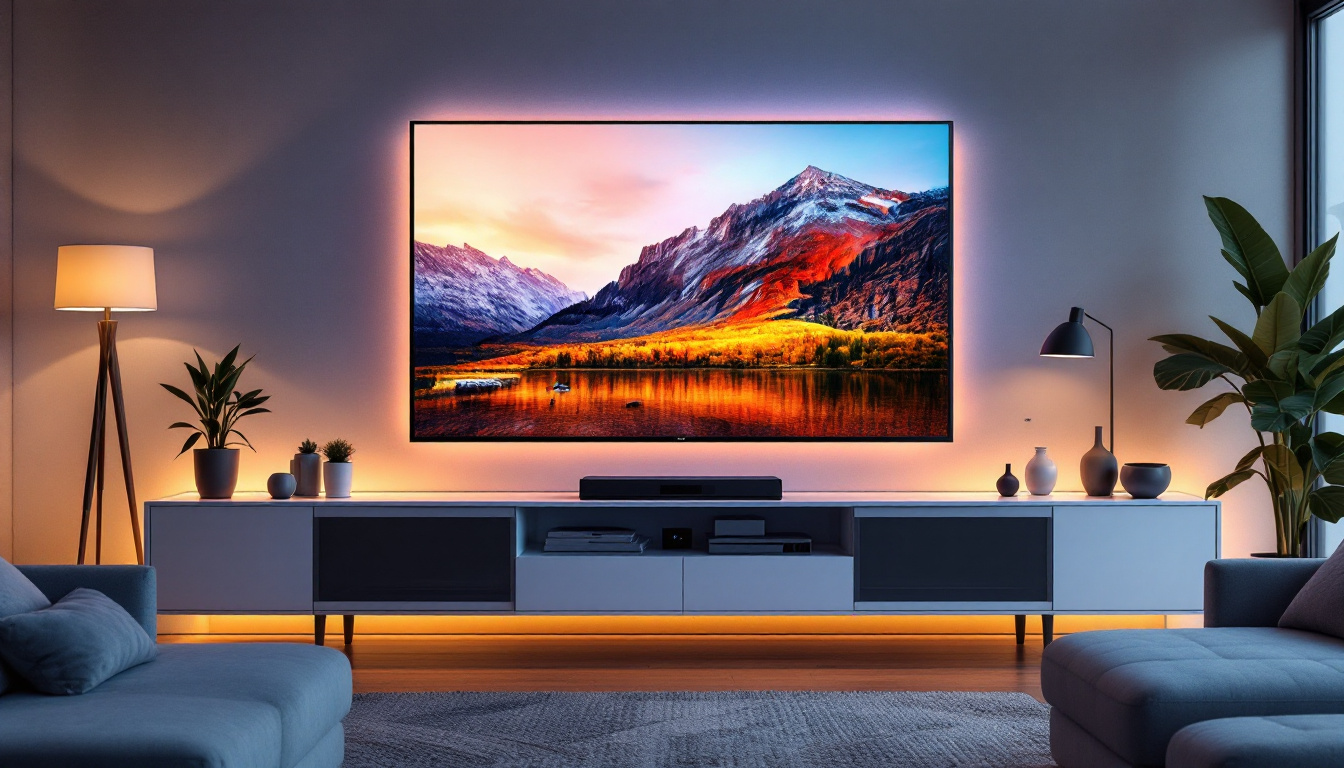Mounting a TV on the wall has become increasingly popular as consumers seek to maximize space, improve viewing angles, and create sleek, modern living environments. However, one critical aspect often overlooked is understanding the dimensions and specifications of TV wall mounts, especially for LED displays. Choosing the right mount not only ensures safety but also enhances the overall viewing experience.
This article delves into the essential details of TV wall mount dimensions tailored for LED displays, covering mounting standards, weight considerations, and practical installation tips. Whether upgrading an existing setup or installing a new LED TV, understanding these factors will help you make an informed decision.
Understanding TV Wall Mount Standards and Dimensions
When selecting a wall mount for an LED TV, the first consideration is the compatibility between the mount and the TV itself. This compatibility is largely determined by the VESA (Video Electronics Standards Association) mounting interface standard, which specifies the distance between the mounting holes on the back of the TV.
What is the VESA Standard?
The VESA standard defines the horizontal and vertical distances between the mounting holes on the rear panel of a TV or monitor. These distances are measured in millimeters and are usually presented as width x height. For example, a VESA 200 x 200 mount means the mounting holes are spaced 200 millimeters apart horizontally and vertically.
Most LED TVs today conform to some VESA standard, but the exact dimensions vary widely depending on the TV size and model. Common VESA patterns include 100 x 100, 200 x 200, 400 x 400, and larger sizes for bigger TVs. Knowing your TV’s VESA pattern is crucial before purchasing a wall mount.
How to Measure Your TV for Wall Mount Compatibility
To determine the correct wall mount size, measure the distance between the mounting holes on the back of your LED TV. Use a tape measure to find the horizontal and vertical distances between the centers of the mounting holes. It’s best to check the TV’s manual or manufacturer’s website for exact specifications to avoid errors.
Additionally, consider the weight of your TV. Wall mounts have maximum weight ratings, and exceeding these can lead to unsafe installations. For example, a mount rated for 50 pounds will not safely support a 70-pound TV, regardless of VESA compatibility.
Types of TV Wall Mounts and Their Dimensions
Wall mounts come in various styles, each with different dimensional considerations and installation requirements. Understanding these types helps in selecting the right mount for your LED display and room layout.
Fixed Wall Mounts
Fixed mounts hold the TV flat against the wall and are the most compact option. They have minimal depth, often just a few centimeters, which creates a sleek, low-profile look. Fixed mounts are ideal for rooms where the viewing angle is consistent and doesn’t require adjustment.
Because fixed mounts keep the TV close to the wall, it’s essential to ensure the mount’s VESA pattern matches the TV’s hole spacing exactly. These mounts typically support a wide range of VESA sizes but are less forgiving if the TV’s mounting holes don’t align precisely.
Tilting Wall Mounts
Tilting mounts allow the TV to be angled vertically, usually up or down by 10 to 15 degrees. This feature is helpful for reducing glare from windows or overhead lights and improving viewing comfort when the TV is mounted higher than eye level.
The dimensions of tilting mounts are slightly larger than fixed mounts due to the additional hardware that enables movement. Depth from the wall can range from 5 to 10 centimeters, depending on the model. Like fixed mounts, tilting mounts require matching the VESA pattern and weight rating.
Full-Motion (Articulating) Wall Mounts
Full-motion mounts offer the greatest flexibility, allowing the TV to swivel left or right, tilt up or down, and extend away from the wall. These mounts are ideal for rooms with multiple seating areas or where the TV needs to be repositioned frequently.
Because of their complex design, full-motion mounts have larger dimensions, often extending 20 to 40 centimeters or more from the wall when fully extended. When retracted, they can be relatively close to the wall, but the overall size and weight capacity must be carefully considered.
Weight and Size Considerations for LED TV Wall Mounts
LED TVs vary widely in size and weight, and these factors directly influence the choice of wall mount. Modern LED TVs are generally lighter than their LCD or plasma predecessors, but larger screens can still be quite heavy.
Weight Ratings and Safety
Every wall mount comes with a maximum weight rating, which should never be exceeded. For example, a mount rated for 70 pounds (about 32 kilograms) is not suitable for a TV weighing 80 pounds. Exceeding weight limits risks damage to the mount, the wall, and potentially causes injury.
When selecting a mount, always check the manufacturer’s specifications for both the TV and the mount. It’s advisable to choose a mount with a weight rating slightly higher than your TV’s actual weight to provide a margin of safety.
Screen Size and Mount Compatibility
Screen size is often used as a rough guide for mount selection, but it’s less precise than weight and VESA measurements. Most mounts list compatible screen sizes, such as 32 to 55 inches or 55 to 85 inches. This range helps ensure the mount’s arms and brackets can accommodate the TV’s dimensions.
For example, a mount designed for 40-65 inch TVs will typically support VESA patterns from 200 x 200 up to 400 x 400 and weights up to 70 pounds. Larger TVs, such as 75 inches and above, require heavy-duty mounts with larger VESA patterns and higher weight capacities.
Installation Tips and Best Practices
Proper installation is critical for the safety and performance of your mounted LED TV. Understanding the dimensions and requirements beforehand can save time and prevent costly mistakes.
Wall Type and Mounting Hardware
The type of wall—drywall, concrete, brick, or wood studs—affects the mounting hardware required. Most TV mounts come with screws and anchors designed for wood studs, which are the safest and most common mounting points in residential walls.
Using a stud finder to locate the wooden studs behind drywall is essential. Mounting directly into drywall without studs is unsafe and can cause the TV to fall. For concrete or brick walls, specialized anchors and drill bits are necessary.
Measure Twice, Drill Once
Accurate measurements are key to a successful installation. Mark the mounting holes carefully, ensuring the mount is level. Double-check VESA compatibility and weight ratings before drilling.
It’s also important to consider cable management and ventilation. Leave enough space around the TV for cables, power cords, and airflow to prevent overheating.
Professional Installation vs. DIY
While many consumers successfully install TV mounts themselves, professional installation is recommended for larger TVs or complex mounts. Professionals have the tools and expertise to ensure mounts are securely anchored and aligned.
For LED TVs larger than 65 inches or weighing over 70 pounds, professional installation can provide peace of mind and reduce the risk of damage.
Common LED TV Wall Mount Dimensions: Examples and Specifications
To provide practical context, here are some common VESA patterns and mount dimensions for popular LED TV sizes:
| TV Size (inches) | Typical VESA Pattern (mm) | Weight Range (lbs) | Recommended Mount Type | Mount Depth (cm) |
|---|---|---|---|---|
| 32 – 43 | 100 x 100, 200 x 200 | 10 – 25 | Fixed or Tilting | 2 – 7 |
| 44 – 55 | 200 x 200, 400 x 200, 400 x 400 | 20 – 45 | Tilting or Full-Motion | 5 – 15 |
| 56 – 65 | 400 x 400, 600 x 400 | 40 – 70 | Full-Motion | 10 – 25 |
| 66 and above | 600 x 400, 800 x 400, 800 x 600 | 70+ | Heavy-Duty Full-Motion | 15 – 40+ |
These ranges are general guidelines. Always verify the specific VESA pattern and weight of your LED TV before purchasing a mount.
Conclusion: Choosing the Right Wall Mount for Your LED TV
Understanding TV wall mount dimensions and standards is essential for a safe and aesthetically pleasing installation. The VESA pattern, weight capacity, and mount type all play critical roles in selecting the right mount for your LED display.
Fixed mounts offer a sleek, low-profile solution for smaller TVs or consistent viewing angles, while tilting and full-motion mounts provide flexibility for larger screens and varied room layouts. Accurate measurement and adherence to weight limits ensure the TV remains securely mounted and enhances your viewing experience.
By carefully considering these factors and following best installation practices, homeowners can enjoy the benefits of a professionally mounted LED TV that complements their living space and viewing preferences.
Enhance Your Viewing Experience with LumenMatrix
Now that you’re equipped with the knowledge to choose the perfect wall mount for your LED TV, take the next step in transforming your space with LumenMatrix’s innovative LED display solutions. As a leader in LED display technology, LumenMatrix offers an extensive range of products, from Indoor and Outdoor LED Wall Displays to Custom and All-in-One LED Displays, designed to elevate your brand visibility and create immersive visual experiences. Don’t settle for ordinary—check out LumenMatrix LED Display Solutions today and see how our cutting-edge technology can revolutionize your visual communication.





